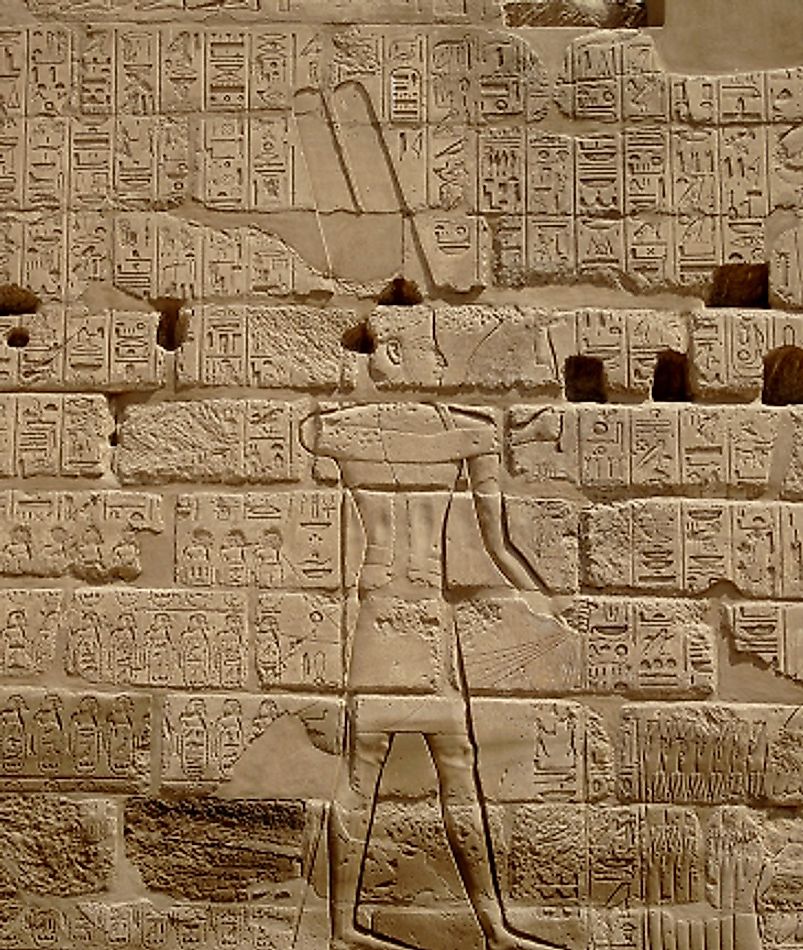The Third Intermediate Kingdom Of Ancient Egypt

5. Background and Initial Formation
After the last pharaoh of the 20th Dynasty of the New Kingdom died, chaos gripped the land of Egypt. Political strife and economic difficulties made several minor rulers kings in their own right within their own little fiefdoms in Egypt. One ruler even ascended to the throne together with the high priests of Amun in Thebes. This scenario saw Pharaoh Smendes I, who ruled for 26 years from Tanis, rule concurrently with the high priests ruled from Thebes. Both of these factions came from the same royal family. The period was less than harmonious, but relations between the rulers were amicable. This strange scenario marked the governance of the 21st Dynasty of the Third Intermediate Kingdom.
4. Rise To Power And Accomplishments
The 22nd Dynasty was marked by a hundred years of reunification under Shoshenq I. He was succeeded by Shoshenq III, who had problems with maintaining power, and then Takelot II took control of Middle and Upper Egypt. Other factions soon claimed power, though not many lasted and the rise of city-states started started to be seen as centralized power waned in Egypt. To the south, Nubia's ruler, Piye, saw this as his chance at resuming the campaign that his predecessor Kashta began 20 years before. Piye and his armies marched into Egypt and defeated the fractious rulers and established the 25th Dynasty. Thus, a new Nubian-influenced renaissance flourished in the arts and religion, and new pyramids in the Nile Valley soon dominated the landscape.
3. Challenges and Controversies
The 25th Dynasty ruler Piye was followed to the throne by his brother, Shabaka. Shakba was then succeeded by his two sons, Shebitku and Taharqa. They also rebuilt monuments and restored temples, but as the 25th Dynasty flourished in culture and architecture, so did its neighboring nation of Assyria. The many allies of Egypt by this time had changed allegiance to Assyria. Although Egypt was larger than Assyria, the latter had more timber resources than the former, whoich was in that day and age an important resource in weapon-making. In 670 BC, Assyrian forces invaded Egypt, but it was not until 664 BC that they were finally able to defeat Egypt and sack Memphis and Thebes.
2. Decline and Demise
The Third Intermediate Kingdom began its decline after the 25th Dynasty Nubian pharaohs preferred to return to their spiritual homeland at Napata. There, they established the Kingdom of Kush at Napata and Meroe. From Kush, they retired in plenty and probably lost interest in ruling all of Egypt. Later, the invasion of the Assyrians ultimately led to the defeat of the Nubian pharaohs, and the 25th Dynasty declined into historical oblivion. This period was continuously marked by alternate war and peace, and no single ruler lasted for any long period in power. The 26th Dynasty, which was supported by the Assyrians, took over the Nubian rulers in Lower Egypt.
1. Historical Significance and Legacy
The Third Intermediate Kingdom Of Ancient Egypt left a legacy of reviving the arts and architecture, and these creations melded into religious artifacts for use with the honoring of the dead as well as making jewelry for the living. The temple and its high priests became new models for the populace as well. Although the dates and events of this time in Egyptian history, including the personages during this period, had synchronicity with those denoted in the Judeo-Christian Bible, Egyptologists still have issues with the dating and family relationships of the dynasties in the Third Intermediate Kingdom. The alternating instability, civil war, and relative peace of the dynasties during this period have become a chronological issue among scholars and Egyptologists today.











